Flying saucers to mind control: 24 declassified military & CIA secrets
From programs to build supersonic flying saucers to atomic bombs, here are the most fascinating declassified military and CIA secrets.
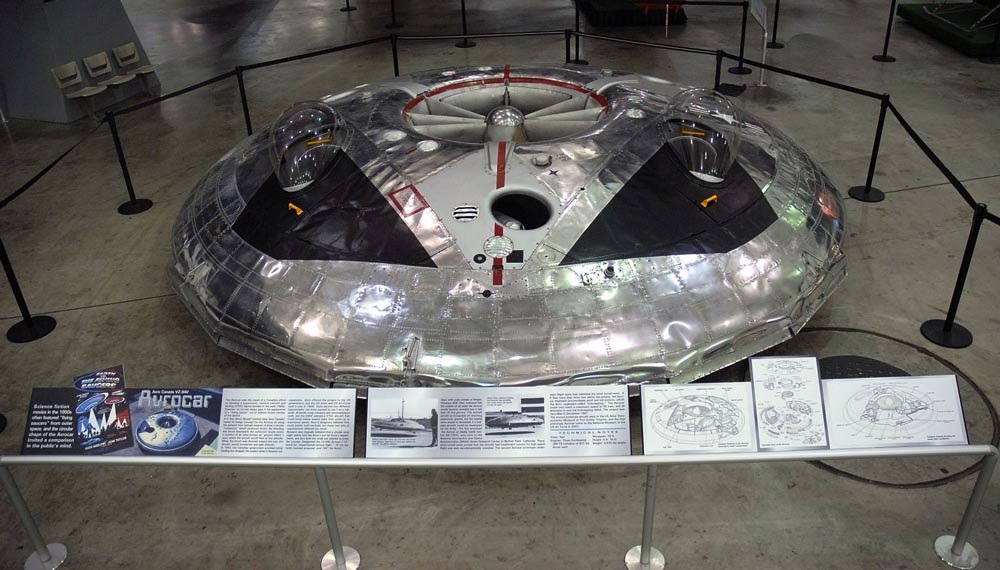
Government and military secrets can range from terrifying to amusing to downright absurd, but most are nothing short of intriguing. From a secret U.S. Air Force project to build a supersonic flying saucer to a now-famous World War II-era research program that produced the first atomic bombs to a plan to train domesticated cats to spy on the Soviet Union, here are 24 declassified military and CIA secrets.
Project 1794
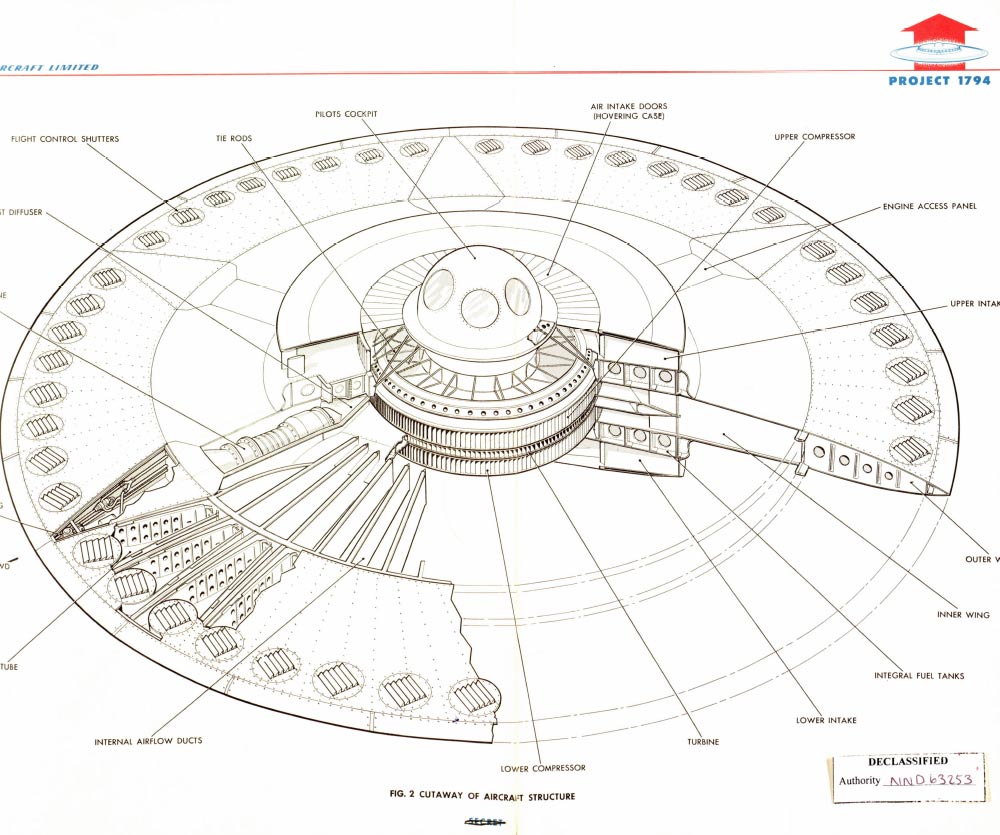
In late 2012, the U.S. Air Force declassified a trove of documents, including records of a secret program to build a flying saucer-type aircraft designed to shoot down Soviet bombers. The ambitious program, called Project 1794, was initiated in the 1950s, and a team of engineers was tasked with building a disc-shape vehicle capable of traveling at supersonic speeds at high altitudes.
The declassified documents reveal plans for the plane to reach a top speed of Mach 4 (four times the speed of sound), and reach an altitude of 100,000 feet (30,480 meters). The project's estimated cost was more than $3 million, which in today's dollars would be more than $26 million.
Project 1794 was canceled in December 1961 after tests suggested the flying saucer design was aerodynamically unstable and would likely be uncontrollable at high speeds (let alone supersonic speeds).
Project Iceworm

In the 1960s, the U.S. Army embarked on a secret mission to build a series of mobile nuclear missile launch sites under the Greenland ice sheet. The objective was to house medium-range missiles close enough to strike targets within the Soviet Union.
The program was codenamed Project Iceworm, but to test its feasibility, the Army launched a cover research project called "Camp Century" in 1960. Under this guise, engineers built a network of underground buildings and tunnels, including living quarters, a kitchen, a recreation hall, infirmary, laboratories, supply rooms, a communications center and a nuclear power plant.
The base, which was kept secret from the Danish government, operated for seven years. The program was canceled in 1966 after shifting ice created unstable conditions. Today, the crushed remains of Project Iceworm are buried beneath Arctic snow.
Get the world’s most fascinating discoveries delivered straight to your inbox.
Project MK-ULTRA

During the Cold War, the CIA initiated Project MK-ULTRA, a secret and illegal human research program to investigate potential mind-control systems. The program's operators examined the effects of hypnosis, biological agents and drugs, such as LSD and barbiturates, on human subjects. Some historians suggest the program was designed to develop a mind-control system that could be used to "program" the brains of potential assassins. [The 10 Craziest Military Experiments]
In 1973, then-CIA director Richard Helms ordered that all documents from Project MK-ULTRA be destroyed, but a formal investigation into the program was launched several years later. The project became the basis for several movies, such as "The Manchurian Candidate" and "The Men Who Stare at Goats."
Area 51
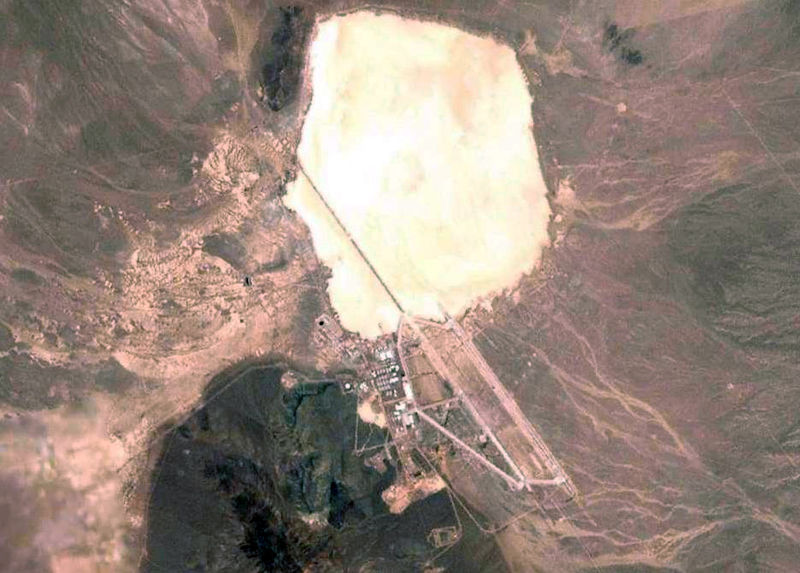
Almost no other site has garnered as much attention from conspiracy theorists and UFO-enthusiasts as Area 51, a remote desert tract near Groom Lake in Nevada, roughly 83 miles (134 kilometers) northwest of Las Vegas. The intense secrecy surrounding the base sparked peoples' imaginations, and Area 51 was commonly linked to paranormal activities, including pervasive theories that suggested Area 51 hid aliens and UFOs.
In July 2013, declassified documents from the CIA acknowledged the existence of Area 51 for the first time, and confirmed that the top-secret site was used to test a variety of spy planes, including the well-known U-2 reconnaissance aircraft.
While Area 51, which operates as a detachment of Edwards Air Force Base in neighboring California, has never been declared a covert base, the research and activities conducted there were some of the nation's most closely guarded secrets.
Project Grudge
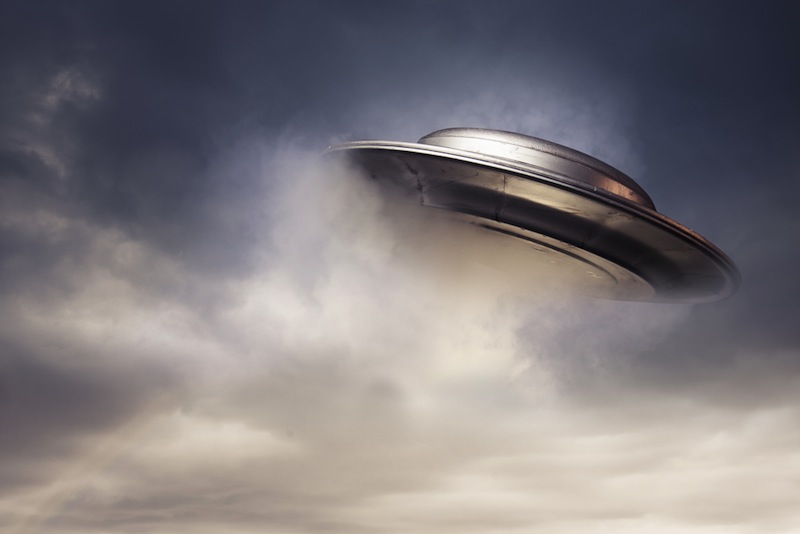
While Area 51 was not a top-secret base designed to study extraterrestrials, the U.S. Air Force did study the existence of UFOs. Project Grudge was a short-lived program launched in 1949 to study unidentified flying objects. The mission followed an earlier program, known as Project Sign, which published a report in early 1949 stating that while some UFOs seemed to be actual aircraft, there was not enough data to determine their origins. [Top 10 States for UFO Sightings]
Critics of Project Grudge said the program solely set out to debunk UFO reports, and very little actual research was conducted. In his book on the topic, Edward J. Ruppelt, Air Force Captain and director of Project Grudge, wrote: "[I]t doesn't take a great deal of study of the old UFO files to see that standard intelligence procedures were not being followed by Project Grudge. Everything was being evaluated on the premise that UFOs couldn't exist. No matter what you see or hear, don't believe it."
Operation Paperclip
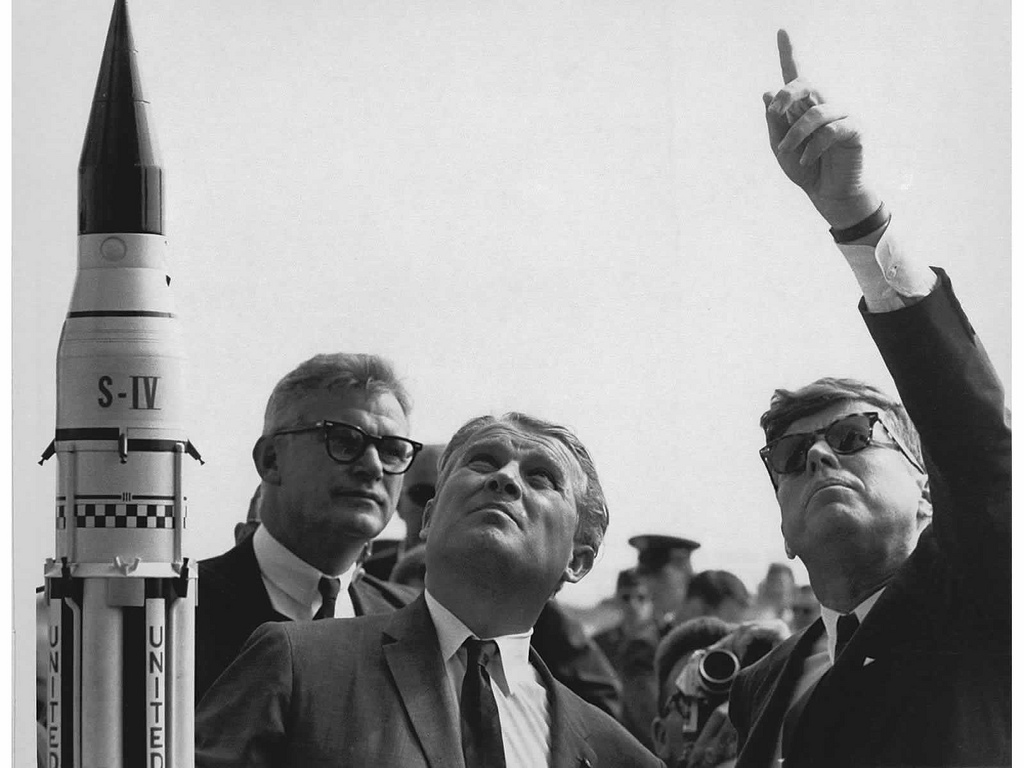
In September 1946, President Harry Truman authorized a program called Operation Paperclip, which aimed to lure scientists from Nazi Germany to the United States following World War II. Officials at the Office of Strategic Services (the predecessor to the CIA) recruited German scientists to America to aid the country's postwar efforts, which would also ensure that valuable scientific knowledge would not end up in the hands of the Soviet Union or the divided East and West Germany.
Operation Paperclip's most famous recruit was rocket scientist Wernher von Braun, who would go on to mastermind NASA's Apollo moon missions.
Operation Northwoods

The tense relationship between the United States and Cuba during the Cold War led the Central Intelligence Agency (CIA) to hatch a slew of bizarre schemes aimed at taking down the Castro regime. While the goal of most of these covert operations (such as Operation Mongoose) was to assassinate Fidel Castro himself, other plans aimed to incite an all-out war between the U.S. and Cuba, experts have said.
In 1998, the National Security Archive (NSA) — a non-governmental organization that publishes information made available through the Freedom of Information Act — posted declassified documents related to Operation Northwoods. The scheme, dreamed up in 1962 by the Joint Chiefs of Staff (uniformed members of the U.S. Department of Defense who advise the president and others), involved committing acts of violence against U.S. and Cuban civilians and then blaming those acts on the Cuban government, according to the NSA documents. These acts, which included faked terrorist attacks in U.S. cities, the hijacking of planes and the sinking of boats full of Cuban émigrés en route to the U.S., would then be used to justify a war with Cuba, according to the documents.
The Kennedy administration recognized the folly of Operation Northwoods and rejected it, according to news reports.
Manhattan Project
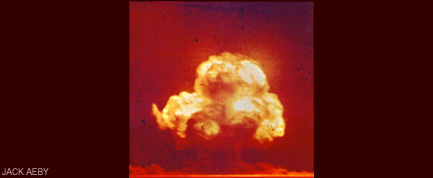
One of the most well-known secret research programs is the Manhattan Project, which eventually produced the world's first atomic bombs. The project began in 1939, and was cloaked in secrecy as physicists investigated the potential power of atomic weapons. From 1942 to 1946, Major General Leslie Groves of the U.S. Army Corps of Engineers led the Manhattan Project.
The first nuclear bomb was detonated at 5:30 a.m. on July 16, 1945, during the so-called Trinity test at the Alamogordo Air Base, 120 miles (193 km) south of Albuquerque, N.M. The explosion created a mushroom cloud that stretched 40,000 feet (12,200 m), and the bomb's explosive power was equivalent to more than 15,000 tons of TNT.
A month after the Trinity test, two atomic bombs were dropped on Hiroshima and Nagasaki in Japan in the waning stages of World War II. To date, the bombings of Hiroshima and Nagasaki remain the only uses of nuclear weapons in war.
Operation Gladio
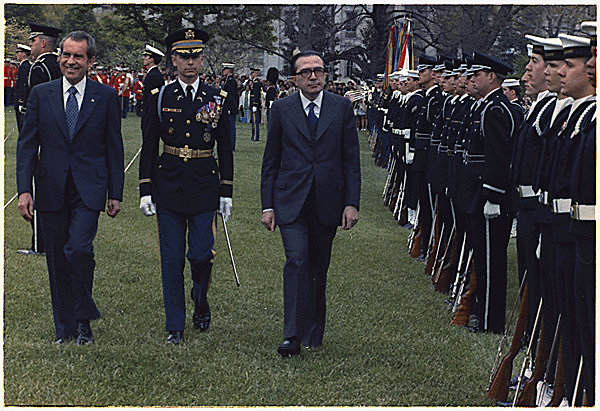
During the Cold War, the North Atlantic Treaty Organization, or NATO, developed a classified plan for keeping Europe "safe" in the event of a Soviet invasion. The plan, known as Operation Gladio, called for the formation of secret armies or "stay-behind" organizations in many NATO countries, including Italy, Belgium and France, according to declassified documents.
The mission of the secret armies was simple: Prepare for a potential communist takeover and lead an armed resistance should such a takeover occur. In some countries, "preparing" for Soviet invasion included espionage and the hoarding of ammunitions.
And these clandestine armies weren't just kept secret from the Soviet Union. High-ranking government officials in countries where the military forces operated were sometimes not aware of the armies' existence. Italian Prime Minister at the time, the late Giulio Andreotti divulged information about Italy's secret Cold War army (known as Gladio) in 1990, becoming the first leader of a NATO country to publicly acknowledge one of these forces. Declassified documents related to NATO's stay-behind armies are accessible via The Black Vault, a website that makes declassified documents available to the public.
My Lai Massacre

In March 1968, American soldiers murdered hundreds of unarmed civilians in the South Vietnamese hamlet of My Lai, according to accounts of the massacre that describe harrowing killings of at least 300 women, children and elderly people.
Army officials managed to cover up the massacre for a year before an investigative journalist with the Associated Press (AP) brought the atrocity to the attention of the American people in November 1969. In light of news reports, an official inquiry was made into the events at My Lai and was concluded in March 1970. The inquiry resulted in criminal charges against 14 U.S. Army officers, all but one of whom were acquitted for their crimes. Declassified documents associated with the inquiry are available from the Library of Congress.
In the wake of the My Lai massacre, the Pentagon established a task force known as the Vietnam War Crimes Working Group, which investigated incidents similar to the killings at My Lai. That group compiled more than 9,000 pages of documents detailing crimes by U.S. troops during the Vietnam War, many of which were declassified during the 1990s. These and other declassified documents regarding Vietnam War crimes can be accessed through the National Archives.
Operation Washtub

Secret armies also existed in the United States during the Cold War. In 2014, declassified documents from the U.S. Air Force and the Federal Bureau of Investigation (FBI) revealed a plan dreamed up in 1950 for a "covert intelligence and evasion and escape operation in Alaska."
Nicknamed "Operation Washtub," the plan called for the training of ordinary Alaskans in coding, decoding and other espionage techniques so that they could spy on the enemy in the event of a Soviet invasion of Alaska. While such an invasion never occurred, a total of 89 "agents" were trained for this purpose, according to news reports.
Oleg Penkovsky
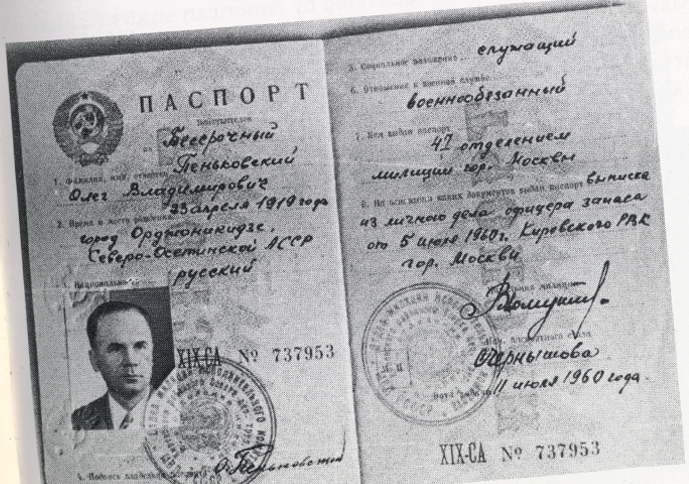
Oleg Penkovsky was a high-ranking Soviet military intelligence officer who worked as a spy for the United States and Great Britain during the Cold War. Best known for his role in the Cuban Missile Crisis of 1962, Penkovsky supplied the U.S. government with valuable details about the capabilities of Soviet missiles that had been installed in Cuba.
The spy was eventually sniffed out by his fellow Soviet intelligence officers, charged with treason and executed in 1963. However, there are some people who believe that Penkovsky was just a decoy who may have relayed false information about Soviet arms capabilities to U.S. intelligence agents. Some point to declassified documents outlining the intelligence provided by Penkovsky as proof that the spy's loyalty was really to the Soviet Union.
Acoustic Kitty
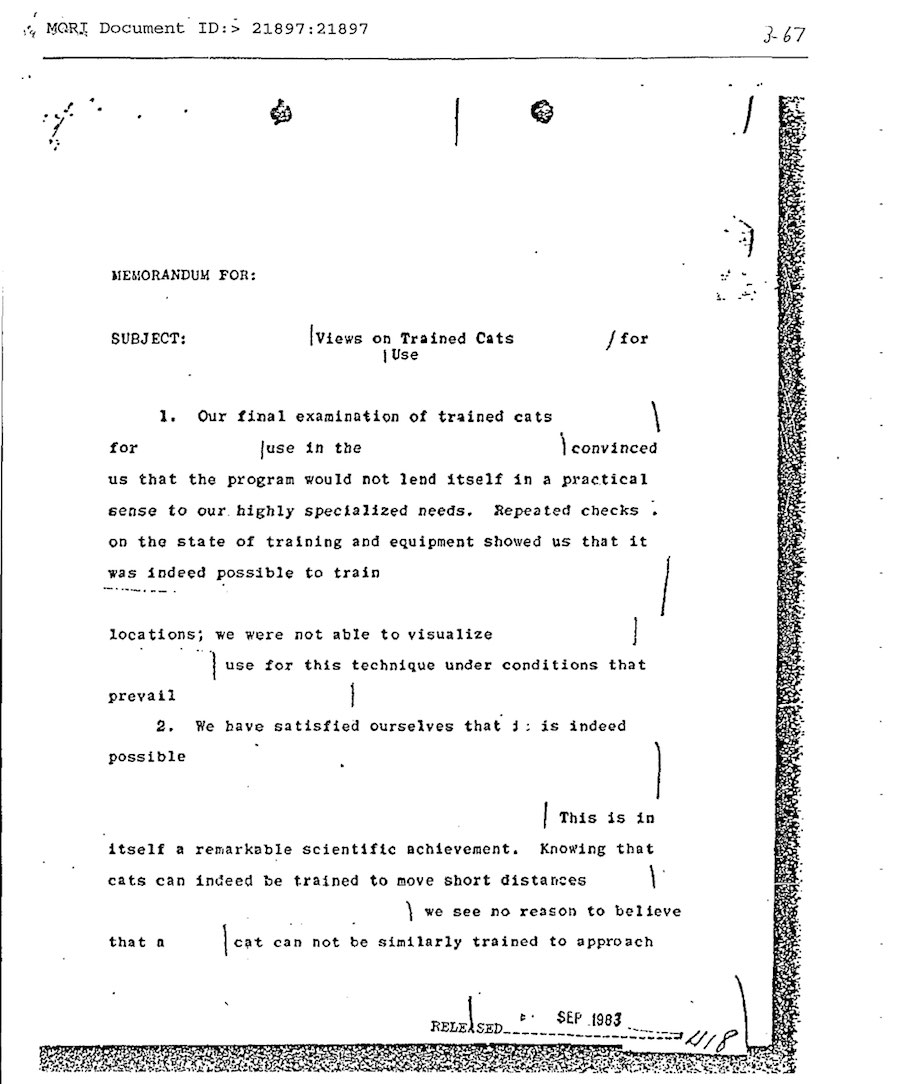
A report from 1967 shows that the CIA spent millions of dollars in an attempt to train domesticated cats to spy on the Soviet Union. Yes, you read that correctly. Nicknamed Acoustic Kitty, the program involved implanting electronic spying equipment into live cats and then training them to "eavesdrop" on unsuspecting Cold War rivals.
If you don't believe this ridiculous program existed, you can read more about it in this memorandum published by the National Security Archive.
Greenland's Lost Bomb

In 1968, a U.S. B-52 bomber carrying four hydrogen bombs on a routine (but secret) mission crashed near Thule Air Base in Greenland. In the aftermath of the crash, American and Danish officials launched a project to clean up radioactive debris and collect the scattered pieces of the nuclear bombs. However, for years later, news reports out of Denmark and the U.S. questioned whether all four bombs had really been located. [Photos: Top-Secret, Cold War-Era Military Base in Greenland]
In 2008, the BBC published an article based on declassified documents regarding the Thule accident, asserting that one of the four hydrogen bombs was never recovered from the crash site. This claim by a respected publication led the Danish prime minister to request a new investigation of the declassified documents used for the BBC report. That investigation, led by Danish scholar Svend Aage Christensen, found that the BBC's report was not based on any new declassified information (it drew from information that had previously been declassified) and that all four weapons had, in fact, been destroyed during the crash in 1968, according to the National Security Archive.
Project Horizon

Before the civilian space organization NASA put the first astronaut on the moon in 1969, at least two U.S. military organizations drew up plans for establishing strategic lunar military outposts. In 1959, the U.S. Army drew up a proposal for a "manned military" base on the moon. That proposal, which was submitted by the Army's chief of research and development, was dubbed Project Horizon and would "develop and protect potential United States interest on the moon," according to declassified documents.
Another program, this one developed by the U.S. Air Force, sought to establish a "Lunar Based Earth Bombardment System" that met specific military requirements. Another Air Force study, this one submitted in 1959, involved detonating a nuclear weapon on the moon. The study was spearheaded by Leonard Reiffel, then a physicist at the Illinois Institute of Technology, and also included contributions from the astrophysicist Carl Sagan. In a 2010 interview with The New York Times, Reifell said that the "foremost intent [of the nuclear detonation] was to impress the world with the prowess of the United States."
Mapimi Silent Zone

A declassified document could help clear up some urban legends at one of Mexico's most bizarre tourist traps. The so-called Mapimí Silent Zone is a small stretch of desert in Durango, Mexico, where, according to local legend, radio waves cannot be transmitted. Often compared to the Bermuda Triangle, Mapimí is frequented by tourists looking for a paranormal adventure.
But the real reason that Mapimí is an interesting location has nothing to do with aliens or paranormal energy — it has to do with a big mistake by the U.S. Air Force. In 1970, an ATHENA V-123-D rocket carrying two small vials of cobalt 57 (a radioactive isotope that is sometimes used in salted bombs) crashed in the Durango desert. The rocket was supposed to land in New Mexico, according to documents declassified in 2013. Local legends may have sprung up as a result of this Air Force flop.
Iran Flight 655
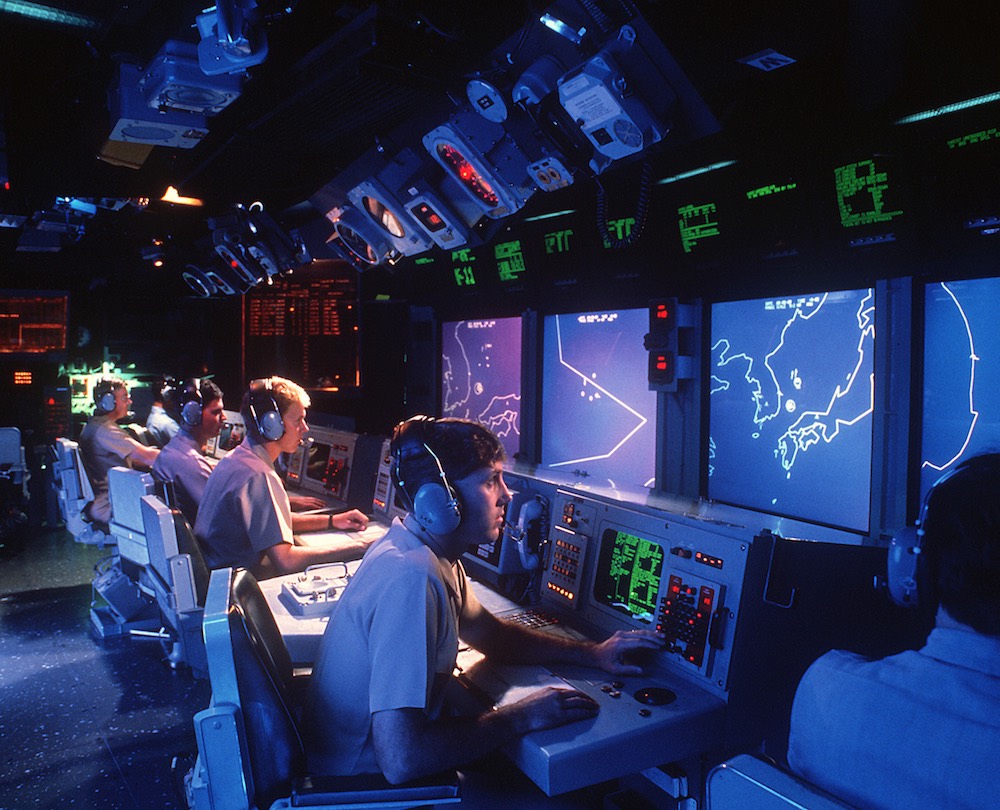
In 1988, a U.S. warship in the Persian Gulf shot down an Iranian civilian aircraft en route to Dubai, killing all 290 passengers on board. Navy personnel incorrectly identified the civilian plane as an Iranian fighter jet before launching the missile that took down the flight, according to declassified documents.
The U.S. reached a settlement with Iran in 1996 in which it agreed to pay $61.8 million to compensate families of the Iranian victims. However, the U.S. government never issued an apology. The Pentagon conducted a now-declassified official investigation into the incident in 1988 and did not find fault with the naval officers who brought down Flight 655.
However, in the wake of the investigation by the Department of Defense, several journalists pointed out discrepancies between the official report and later accounts of what occurred. For example, the flight was originally said to have deviated from its standard route, but this was later found to be false. The report also states that the warship was operating in international waters at the time of the missile launch, when it was in fact operating in Iranian territorial waters.
Kidnapping of the Lunik

Sometimes, declassified documents read like a scene out of a James Bond film. That's the case with this document, titled "The Kidnapping of the Lunik." It tells the story of a CIA-led mission to "borrow" a Soviet lunar satellite for just one night.
The so-called kidnapping occurred in the early 1960s, at the height of the U.S.-Soviet space race. To make it clear that they were winning this race, the Soviets launched a multinational exhibition of their Lunik satellite, the first spacecraft to reach the vicinity of the Earth's moon. [Top 10 Soviet and Russian Space Missions]
One night, undercover CIA agents convinced the truck driver who transported the satellite from city to city to get some rest at a nearby hotel and leave the satellite in their care, the documents revealed. They then "borrowed" the Soviet orbiter — taking it apart and photographing its components before putting it back on the truck. There was no indication that the Soviets knew what had happened that fateful night, according to the declassified documents.
USS Liberty

In 1967, in the midst of the Six-Day War (a conflict between Israel and its neighboring Arab states), Israeli aircraft attacked the USS Liberty, a ship gathering intelligence for the U.S. National Security Agency (NSA). Thirty-four Americans were killed in the attack and 171 more were injured. But was the attack intentional?
Many people believe that the Israeli government meant to open fire on the so-called "spy ship" to prevent it from intercepting sensitive information about upcoming battles, according to the declassified NSA report. But official investigations by both U.S. and Israeli agencies concluded that the attack was not deliberate, with pilots confirming that they believed the USS Liberty to be an enemy ship. This declassified NSA report explains the agency's position on the contentious issue.
FBI Surveillance Planes

In 2015, the AP broke the news of an FBI surveillance program that uses small aircraft to spy on suspects on the ground. The planes carry video and cellphone surveillance technology and are registered to fictitious companies. When the AP released its report in June 2015, the planes had been observed above more than 30 cities in 11 U.S. states in a 30-day period.
While the FBI told the AP that its aerial surveillance program is not a secret, details about what information the planes collect is highly censored in publicly available documents, according to the AP. The report also states that the FBI operates these planes without judicial approval. One document, obtained by the National Security Archive, shows the names and addresses of the fictitious companies that operate the planes. NSA expert and historian Matthew M. Aid also created a list of the aircraft that are used in this FBI "air force."
Operation Crossroads

In July 2016, the National Security Archive posted declassified documents, films and photographs that show U.S. tests of atomic bombs in the Bikini Atoll in 1946. Dubbed Operation Crossroads, the tests marked the first atomic explosions since the bombings of Japan during World War II in August 1945. [In Photos: Dive to USS Independence Wreck]
While much is publicly known about the tests, the declassified documents shed new light on how the tests affected people of Bikini Atoll, who were forced to relocate. They also offer a view of the objections raised by scientists and military officials before the bombings, as well as the rationale behind the decision to carry out the tests despite these objections.
Doctor Zhivago

During the Cold War, the CIA played a role in distributing the book "Doctor Zhivago" throughout the Soviet Union. The book by Russian writer Boris Pasternak was banned by the Soviets, according to a Washington Post article, because it displayed an open-minded view of the Bolshevik Revolution and its protagonist, a doctor-poet, was staunchly individualistic.
Seeing the book's potential as a propaganda tool, the CIA worked with its allies in Dutch Intelligence to deliver about 1,000 copies of the book into Soviet hands, according to documents declassified in 2014. The books were distributed to visiting Soviets at the World's Fair in Brussels in 1958 with help from the Vatican, according to the National Security Archive.
Bound in unmarked blue linen and wrapped in brown paper, the books made their way into the Soviet Union, where the CIA hoped they would stir up anti-communist sentiment among disgruntled citizens. The CIA also smuggled other banned books into the Soviet Union, including James Joyce's "A Portrait of the Artist as a Young Man" and Vladimir Nabokov's "Pnin."
FLIR, GIMBAL, and GOFAST: The Pentagon's UFO videos

In December 2017, three classified U.S. Navy videos showing unidentified aircraft moving in seemingly impossible ways were leaked to the press. The videos, which were codenamed FLIR, GIMBAL and GOFAST, were captured by Navy pilots during routine missions over the coast of California in 2004, and over the East Coast in 2014 and 2015. In each case, the pilots attempted to trail unusual, wingless aircraft that moved at hypersonic speeds, with no visible means of propulsion.
Over the coming months, countless media outlets shared the mysterious videos, leading to widespread interest and speculation. In 2019, Pentagon officials were forced to admit that the videos were real, and "part of a larger issue" of increased UFO sightings near U.S. military bases, The Times reported.
...And hundreds of other UFO sightings

Numerous Congressional hearings followed the video leak, and in June 2021 The Pentagon released an unclassified report detailing more than 140 encounters between military personnel and unidentified aerial phenomena (UAP), another name for UFOs. While only one of the incidents could be explained with high confidence, the report in no way suggested that aliens have anything to do with UAP; most UAP incidents can likely be explained as foreign surveillance drones or airborne clutter, such as weather balloons, Pentagon officials said in Nov. 2022.
Since the release of the bombshell videos, The Pentagon has taken a much more transparent stance on UFO/UAP investigations, opening a dedicated UAP case management office called the All-domain Anomaly Resolution Office (AARO) in early 2022. Reports of alleged UFO sightings from various U.S. military branches have flooded into the new office, with more than 360 new cases identified in 2022 alone. Of these, 171 cases remained unresolved and inexplicable as of the year's end, according to the office's first annual report.

Denise Chow was the assistant managing editor at Live Science before moving to NBC News as a science reporter, where she focuses on general science and climate change. Before joining the Live Science team in 2013, she spent two years as a staff writer for Space.com, writing about rocket launches and covering NASA's final three space shuttle missions. A Canadian transplant, Denise has a bachelor's degree from the University of Toronto, and a master's degree in journalism from New York University.
